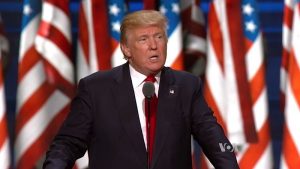Imagine living on Mars. Experts have made many cases for why humans should become an interplanetary species. The video below discusses some of the reasons why we should go to Mars. From survival of our species to advancing science, the reasons are plenty. But is it possible to colonize Mars?
(Source: National Geographic, YouTube)
Unlike the moon, humans have never actually set foot on Mars. On this dry, desolate planet, the average surface temperature is -55⁰C. This is attributable to the planet’s thin atmosphere, which is too thin to retain heat, not to mention breathe. A good analogy for living on Mars is that it would be similar to living in Antarctica, but worse.
As arid, frozen and desolate as it may be, Mars is the only known planet besides Earth that could be considered remotely habitable for humans. Recent evidence has proven that there was once water on the planet and that at one point Mars’ climate was similar to that on Earth. Below is an image of Mars proving that there was once flowing water on the planet.

The dark, narrow streaks are inferred to be formed by seasonal flow of water and are roughly the length of a football field. (Source: NASA/JPL-Caltech/Univ. of Arizona)
Although it’s atmosphere is thin, it still offers protection against the Sun’s radiation and the day/night rhythm of Mars is very similar to that on Earth. A day on Mars measures 24 hours, 39 minutes and 35 seconds. In addition, gravity on Mars is 38% of that on Earth, which is believed to be sufficient for the human body to adapt to.
The presence of methane gas on Mars means we could create fuel. The planet’s oxidized soil means we could potentially grow food, and although it’s temperature is frigid, it’s ice means there would be a water source.
Even still, humans won’t be able to live on Mars without the help of technology. It would require complex life-supporting measures and living in artificial environments. NASA believes this is possible and has already selected companies to develop prototypes for deep space habitats. These would be airtight habitats that would allow colonizers to grow food and live in a breathable environment.
It seems entirely possible that humans could sustain life on Mars. With NASA and SpaceX’s continued research and development of technology to send rockets filled with cargo and astronauts to space, it’s only a matter of time before a colony is established on Mars. NASA released a plan outlining the next steps in the journey to Mars.
Elon Musk, founder of SpaceX, has said that he wishes to colonize Mars in the next 40 to 100 years. As he has revealed, this won’t be an easy feat and many challenges lie ahead. Below is a video of Musk discussing what will be needed to successfully colonize Mars.
(Source: The Verge, YouTube)
I think the prospect of establishing a colony on Mars is exciting and the fact that we may see it our lifetime is astounding. I would be open to considering a life on Mars but for now, it’s just a possibility.
Would you live on Mars?
By: Ami Patel




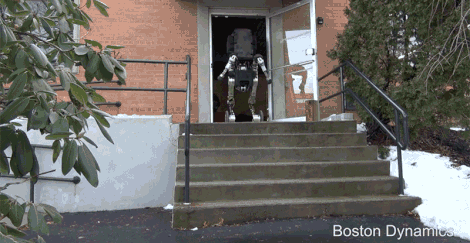






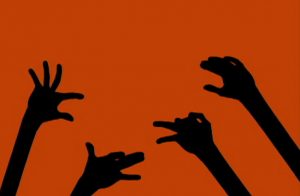
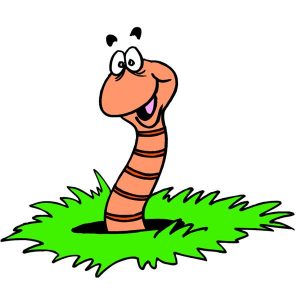



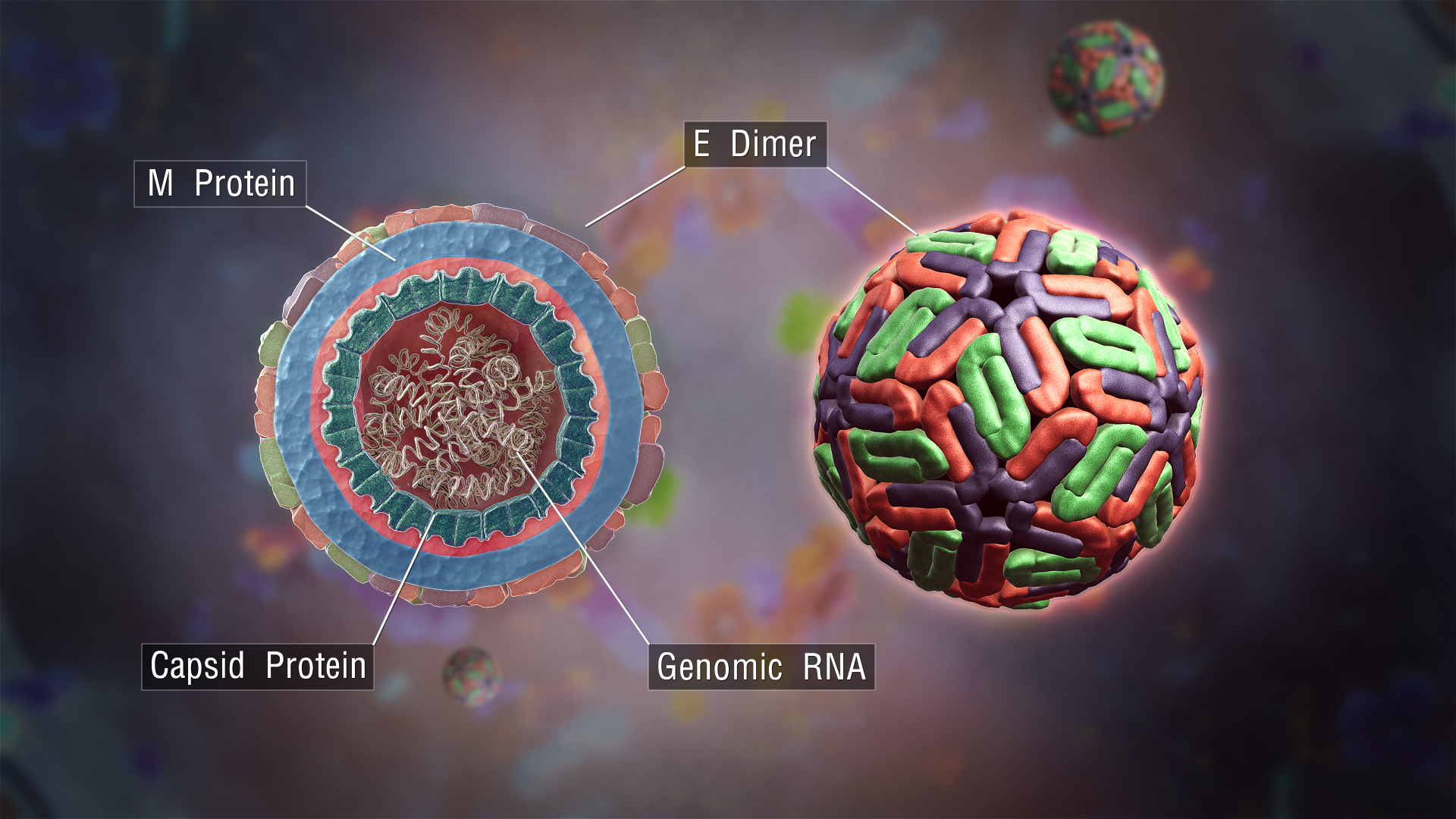 General cross-section view of a Dengue virus. From
General cross-section view of a Dengue virus. From 


